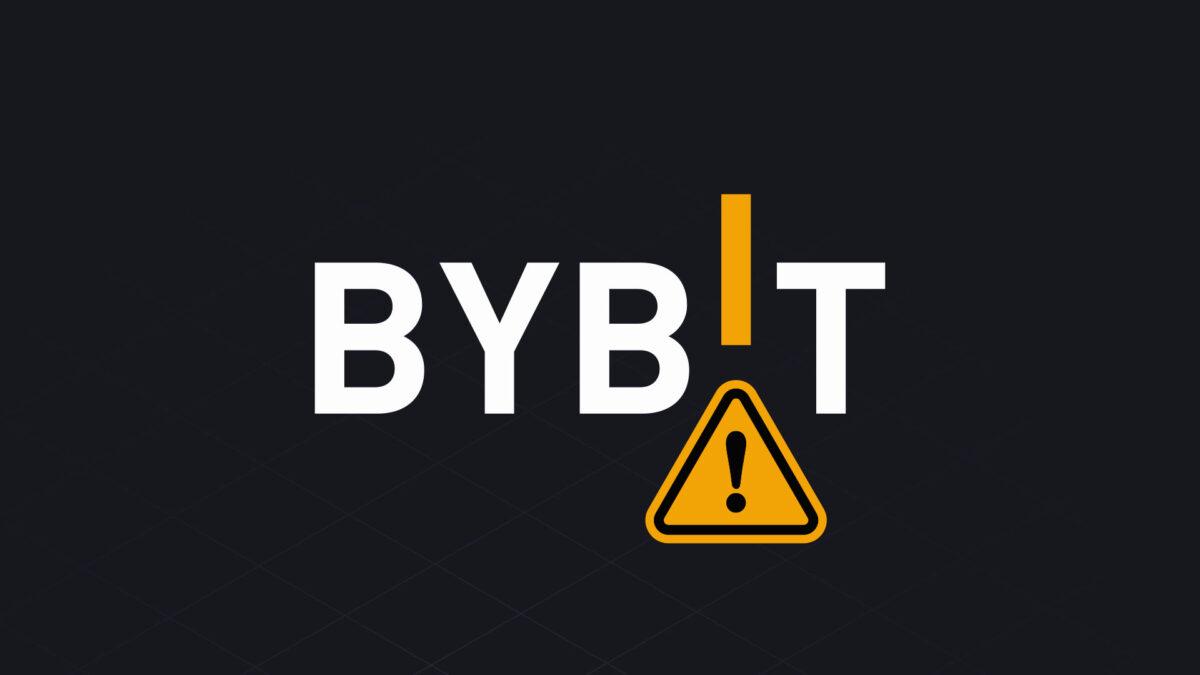The term "vibe coding" was first proposed by computer scientist Andrej Karpathy. It refers to a new AI-native programming method in which developers (and even more importantly, non-developers) only need to describe the functions they want in natural language, and then click a button, and the large language model will generate a runnable initial version.
According to media reports, “vibe coding” is on the rise on Solana.
Developers can turn ideas into decentralized applications with just a few words of natural language on tools such as Cursor, Dev.fun and Poof.new. A co-founder of Poof said that more than 2,000 applications created by "vibe coders" have been launched on the platform since it opened for testing last Thursday.
Web3 applications (DApps) are generally known for their complex interactions and high requirements for on-chain performance and code. Some researchers believe that the complexity of DApps is obviously not based on human needs, but is likely to be based on the needs of AI agents, and humans only need to give instructions and make decisions. This future scenario of the Internet is seen as the "post-Web era."
PowerBeats believes that the emergence and popularity of "vibe coding" on the blockchain is in line with the development trend of the Internet and AI technology. However, at present, it has been questioned and ridiculed more than optimistic expectations.
For example, in theory, one could use LLM (large language model) to generate a whole set of code, use AI to generate brand packaging, simulate a credible record of project activity on GitHub, launch a beautiful official website with first-class design and Web3 login, and then have several fictional "AI chatbot founders" appear in the live AMA to answer questions.
A relatively preliminary brand project appears on paper.
The ironic view of "vibe coding" is that if building something truly useful has become easier than ever, then pretending to be useful has become just as easy. Especially for applications in the financial and legal fields, applications built by humans cannot tolerate any mistakes in source code writing and review. For example, a single character error in a smart contract could result in the entire pool of funds being looted.
Currently, applications built with "vibe coding" are far from entering the field of commercial applications, but they are rapidly collapsing the threshold for humans to write applications.
The optimistic view of "vibe coding" is that applications created through AI may become a reality in the future. This is not only a technological trend, but also because applications are essentially written in computer languages, and AI is naturally built with computer languages. Applications written by humans are not smarter than applications written in native computer languages.
How to build a trustworthy identity in the AI programming era
The "low-cost trust" of the Web3 era can be maximized in the AI programming era.
This is because when it comes to scale, people have to rely on reputation systems and persistent identities to build trust. Proof-of-humanity systems, social graphs, and third-party endorsement mechanisms will become the cornerstones of trust in the AI programming world and the Web3 world. And the responsibility for building trust is not only borne by users, but also by the platform, the protocol party, and even the vibe coder himself.
In addition, open source auditing tools for non-programmers and sandbox environments that can simulate the behavior of contracts before they are deployed to the mainnet will be a must. The future smart contract registration platform may become like an app store: with features such as verified publishers, community ratings, and AI-generated trust scores.
DApp low threshold development in DePIN ecosystem
In an environment where creating a DApp is as simple as shooting a short video, the entire Web3 and AI ecosystem will benefit. For the DePIN field, for example, if you want to develop your own project App or AI agent in the decentralized computing power ecosystem, this easy creation method will make the project easier to implement and execute, and expand the entire DePIN ecosystem.
In the past, developing an application that users can directly interact with on the physical infrastructure layer of decentralized computing power, bandwidth, storage, sensor networks, etc. required high development thresholds and complex cross-protocol docking. However, with the support of "atmospheric programming" and AI native tools, this process has been significantly simplified.
Specifically, the DApp rapid development capability will bring the following value to DePIN:
1. Application layer explosion, releasing the value of underlying resources
DePIN projects often have powerful physical infrastructure resources (such as idle GPUs, network nodes, sensor data), but lack "killer" applications to release their value. Low-threshold DApp development tools enable more developers and creators to build applications based on these resources, thereby promoting the frequent invocation, verification and monetization of underlying protocols, and realizing the real utilization of resources rather than paper value.
2. Stimulate the participation of long-tail developers and AI agents
In the past, only people with a strong blockchain development background could contribute applications to the DePIN ecosystem, but now, an engineer who understands urban energy distribution, a graduate student in traffic management, or even an AI agent can quickly build interactive applications for specific scenarios, such as: city-level power demand forecasting tools, traffic congestion monitoring dashboards, etc. This "everyone can build" situation will greatly increase the activity and innovation speed of the ecosystem.
3. Enhance the commercial viability and attractiveness of DePIN projects
For the DePIN project, whether it can attract developers to build an ecosystem and provide users with real and usable tools is the key to its growth. When the development cost is reduced from "team level" to "individual level" and the construction cycle is compressed from "several months" to "several hours", it will undoubtedly enhance the feasibility of the DePIN project and its attractiveness to capital and the community. This change will in turn enhance the confidence of node participants - because they see that the infrastructure is actually used.
4. Accelerate protocol combination and cross-ecological collaboration
The low-threshold construction method will also encourage protocol combinations and cross-ecological collaboration between different DePIN projects. For example, developers can easily combine decentralized computing power with AI model reasoning frameworks, or integrate data from local edge devices with blockchain identity systems, thereby forming a more complex but easy-to-build composite application structure, and promoting the evolution of the entire DePIN ecosystem from an "isolated resource network" to an "interconnected intelligent system."
In summary, when development is no longer a "privilege" for a few talented people, DePIN is no longer just "infrastructure for builders", but becomes a "creative platform that everyone can participate in". This will also be a key step for DePIN to truly move towards mainstream recognition and daily use.






